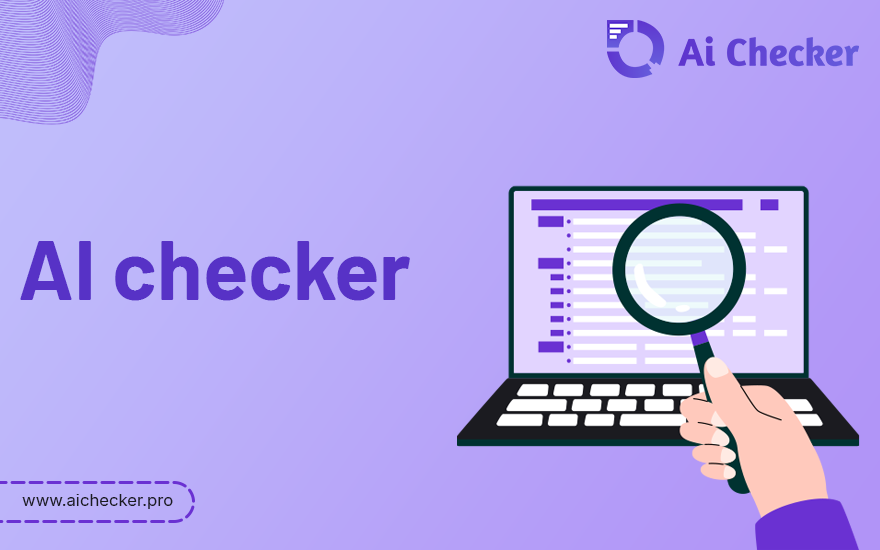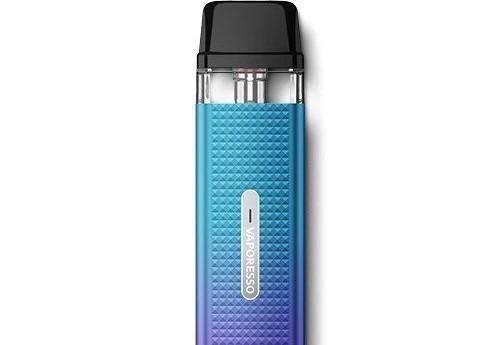Stay Authentic in 2025 – Why Every Writer Needs an AI Content Detector

Introduction
The digital landscape in 2025 is more dynamic than ever before. Artificial Intelligence (AI) has revolutionized the way we write, publish, and consume content. From AI-powered chatbots to advanced language models like GPT-4o, Gemini, and Claude 3.5, machines are producing articles, essays, marketing copy, and even poetry at lightning speed.
While these technologies have undeniable benefits, they also raise an important question: how do we preserve authenticity in an AI-driven world?
For writers—whether they are students, journalists, marketers, or authors—the challenge lies in staying true to their voice and ensuring their content isn’t mistaken for AI-generated text. This is where AI content detectors come in. These powerful tools help maintain originality, protect credibility, and give peace of mind that content is genuinely human-made.
In this article, we’ll explore what AI content detectors are, how they work, their benefits, key features, use cases, and why every writer in 2025 should be using one.
What is an AI Content Detector?
An AI content detector is a specialized tool that analyzes written text to determine whether it was generated by a human or by AI. These detectors leverage machine learning, natural language processing (NLP), and linguistic analysis to identify unique writing markers.
AI models often produce text that is:
-
Too predictable in word choice.
-
Repetitive in phrasing.
-
Lacking deep creativity, humor, or emotion.
-
Overly polished yet shallow.
AI content detectors pick up on these subtleties and provide a probability score indicating whether content is human-written, AI-generated, or a mix of both.
How Do AI Content Detectors Work?
Though the process seems simple, AI detectors rely on sophisticated algorithms. Here’s how they usually function:
-
Text Input
Writers paste text or upload a document into the tool. Some platforms allow direct integrations with Google Docs, WordPress, or content management systems. -
Detection Process
The detector compares the text against extensive datasets of both human and AI writing. It examines statistical patterns, sentence structures, and word probabilities. -
Linguistic Analysis
Advanced models analyze:-
Perplexity – How unpredictable the text is. Human writing usually has higher perplexity.
-
Burstiness – Variation in sentence length and style. Humans write with irregularity, while AI tends to be uniform.
-
-
Result Generation
Within seconds, the system delivers results, often including:-
A verdict (Human, AI, or Mixed).
-
A percentage score (e.g., 90% likely AI-generated).
-
Highlighted areas that appear machine-written.
-
This instant analysis saves writers and editors hours of manual review.
Why Writers Need an AI Content Detector in 2025
The rise of AI in creative industries makes authenticity a writer’s most valuable asset. Here’s why every writer should embrace AI detection tools:
1. Protect Credibility
Writers, bloggers, and journalists thrive on trust. If readers suspect that content is machine-generated, it can damage reputation. AI detectors assure audiences that work is authentic.
2. Ensure Academic Integrity
Students and researchers risk penalties if assignments are flagged as AI-written. Using detectors helps verify originality before submission.
3. Safeguard SEO Performance
Search engines like Google are cracking down on AI-heavy, low-value content. Writers using AI detectors can avoid penalties and maintain rankings.
4. Build a Strong Brand Voice
Brands rely on unique tone and personality. AI detectors help writers ensure that their content reflects authentic human creativity rather than generic machine language.
5. Prevent Fraud and Misuse
In legal, corporate, or professional contexts, verifying that documents are human-created is critical to maintaining integrity.
Key Features of an Effective AI Content Detector
Not all detectors are created equal. The best AI content detection tools in 2025 include:
-
High Accuracy (98%+) – Industry-leading precision for identifying AI-generated text.
-
Multi-Language Support – Detect AI content across English, Spanish, French, Mandarin, and more.
-
Comprehensive Reports – Highlight machine-like segments and explain detection results.
-
Bulk Document Analysis – Ideal for agencies, schools, or publishers handling large volumes of text.
-
API Integration – Connects with education portals, CRMs, or publishing platforms.
-
User-Friendly Dashboard – Simple interface for quick and reliable use.
-
Real-Time Detection – Instant results, whether analyzing 200 words or 20,000.
-
Continuous Updates – Algorithms are regularly improved to detect the latest AI models.
Why Bypass AI Detector is a Top Choice
Among various options, Bypass AI Detector has earned a strong reputation in 2025 for its reliability and performance.
Standout Benefits:
-
Advanced Algorithms: Designed to keep pace with AI models like GPT-4o, Gemini, Claude, and beyond.
-
Exceptional Accuracy: Detection rates exceed 98%, minimizing false positives.
-
Instant Results: Analyzes short or long content in seconds.
-
Privacy Protection: Uploaded content is processed securely and never stored.
-
Custom API Access: Ideal for schools, businesses, and publishing platforms.
-
Detailed Explanations: Highlights suspicious sections and clarifies why they may be AI-generated.
For writers committed to authenticity, Bypass AI Detector offers peace of mind and professional-grade accuracy.
Real-World Use Cases
AI content detectors are transforming multiple industries. Here’s how different writers and professionals benefit:
1. Education
-
Teachers verify the originality of student essays.
-
Universities uphold academic integrity across assignments and dissertations.
2. Journalism & Publishing
-
Editors confirm that articles are human-crafted, maintaining reader trust.
-
Newsrooms safeguard against reliance on automated reporting.
3. Marketing & Branding
-
Agencies ensure ad copy and blog content align with brand voice.
-
Social media teams keep posts authentic and engaging.
4. Legal & Corporate Communications
-
Law firms confirm that contracts, reports, and filings are authored by qualified professionals.
-
Corporations safeguard official announcements and internal communications.
5. Creative Writing & Freelancing
-
Authors prove their originality when submitting manuscripts.
-
Freelancers demonstrate authenticity to clients and avoid plagiarism concerns.
Staying Ahead as a Writer in 2025
For writers, embracing AI detection isn’t just about avoiding penalties or scrutiny. It’s about building a reputation for originality and showing that human creativity still matters. By incorporating AI detectors into their workflow, writers can:
-
Confidently submit work to clients, publishers, or institutions.
-
Stand out in a saturated content market.
-
Balance the benefits of AI tools without compromising authenticity.
Conclusion
The year 2025 marks a turning point in digital content. AI-generated writing is everywhere, but authenticity is more valuable than ever. Writers who want to stay credible, protect their voice, and thrive in this era must embrace AI content detectors.
By ensuring originality and verifying human authorship, these tools empower writers to remain trustworthy and competitive. Among the many options, Bypass AI Detector stands out for its unmatched accuracy, security, and ease of use.
In short: If you’re a writer in 2025, an AI content detector isn’t optional—it’s essential.
FAQs
1. Can AI detectors guarantee 100% accuracy?
No tool is flawless, but advanced detectors like Bypass AI Detector achieve detection rates above 98%.
2. Do AI content detectors store my text?
Reliable detectors prioritize user privacy and do not permanently store content.
3. Are detectors useful for creative writers?
Yes, they help authors prove originality when submitting to publishers or competitions.
4. Do search engines penalize AI-generated content?
While AI-written content isn’t always penalized, low-quality or overly automated writing can harm SEO rankings.
5. How often are AI content detectors updated?
Leading platforms release updates regularly to keep up with evolving AI models.






